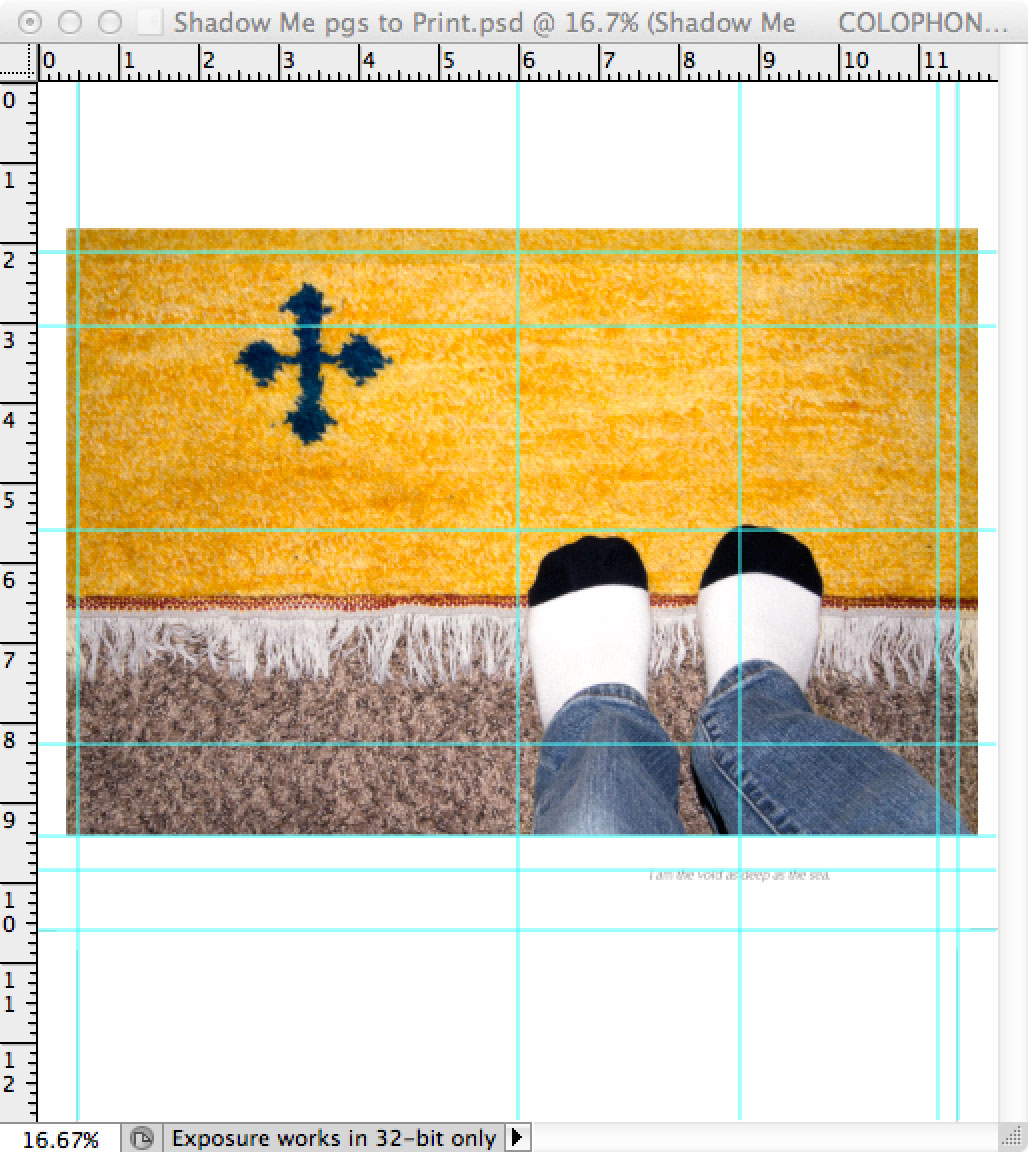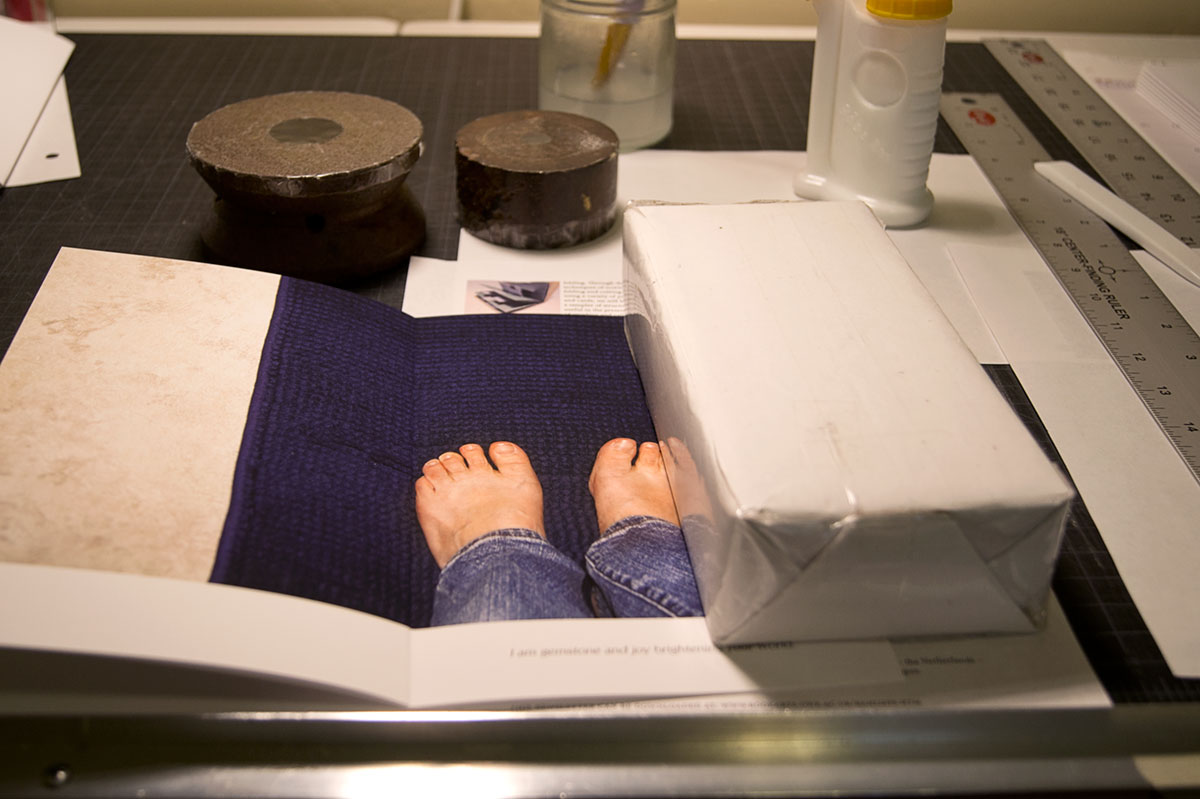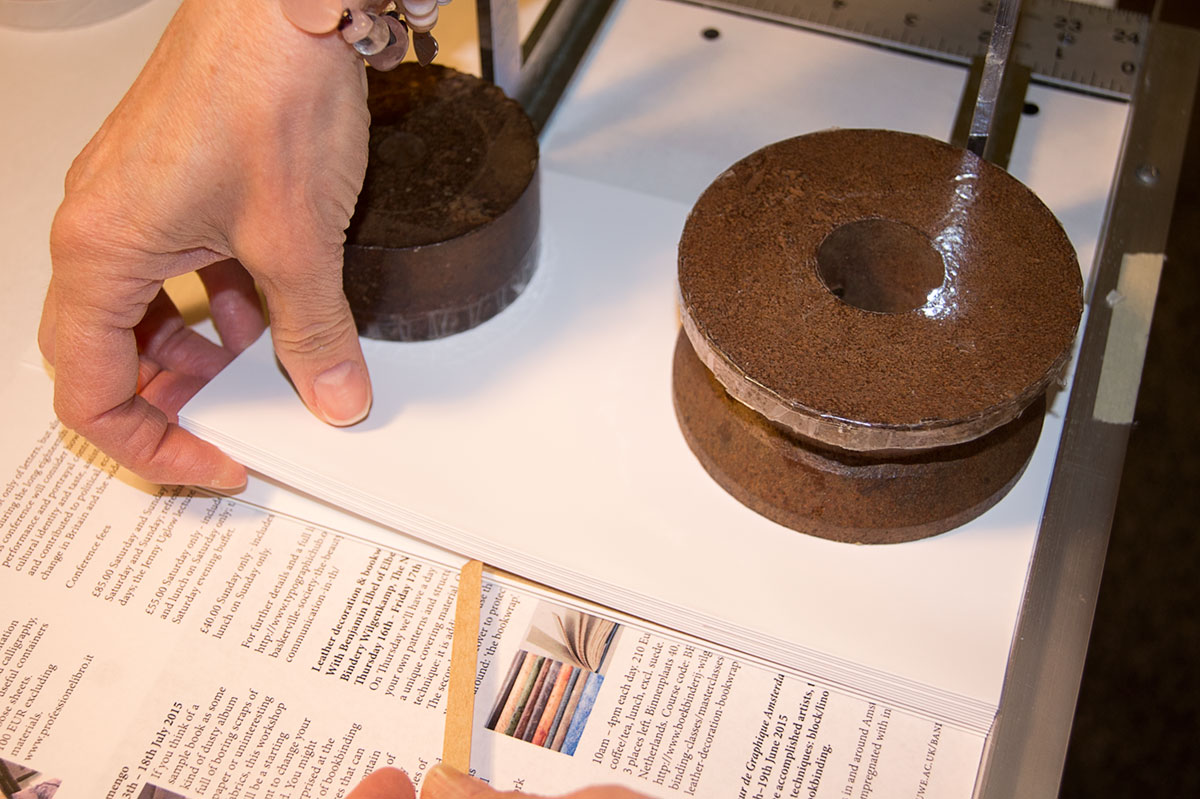I’m well rested after a short trip to Salt Lake City to take my mind off reality.
My husband and I spent a day in Park City to visit photography galleries. I love to stop at Fatali, The Light Hunter as he calls himself. He photographs nature’s perfect moments.
© 2017 Louise Levergneux, Fatali Gallery sign
Every year, new photographers show up in Park City. They come and they go. This year two accomplished and award-winning photographers, Jared & Trish McMillen have joined the many galleries in Park City. Their goal is to document photographic landscapes in a way that captures each genuinely magnificent detail in all of nature's chaotic glory. The Horse Collection portrayed the West in all its beauty with its contrast, solitude, and simplicity.
© 2017 Louise Levergneux, view of the inside of the McMillen Gallery from sidewalk
I was unable to visit the Kimball Art Center since it is being rebuilt.
© 2017 Louise Levergneux, demolished Kimball Art center
One has to stop at High West Distillery and do a bit of “this” when in Park City. Great atmosphere and the rosé was delicious!
© 2017 Louise Levergneux, "A Bit of This"
I stopped by Simply Mac to verify the capacity and requirements for upgrading my operating system. To use my different software without spending more money than necessary, El Capitan is my limit. Great news, till I learned my computer’s battery is ready to explode!
Technical difficulties are on the way, and I will try using Unbound’s services in Meridian for the next blog post. If that does not work, I will write in the next couple of weeks or so. In the mean time create and enjoy.






















































